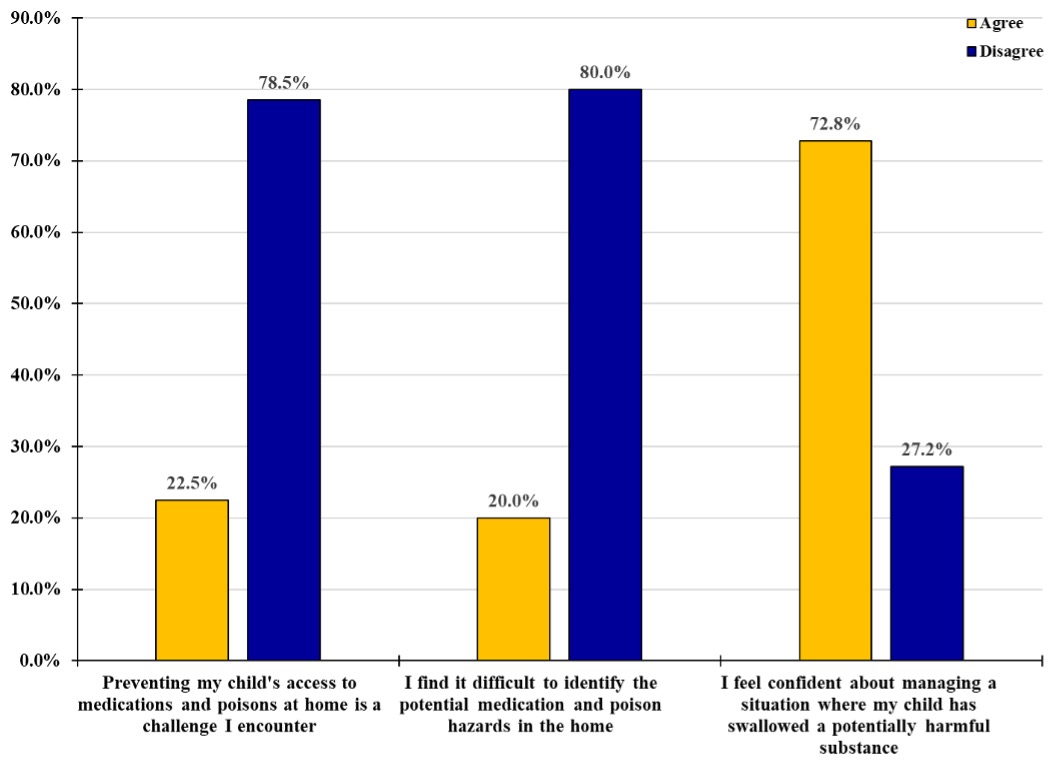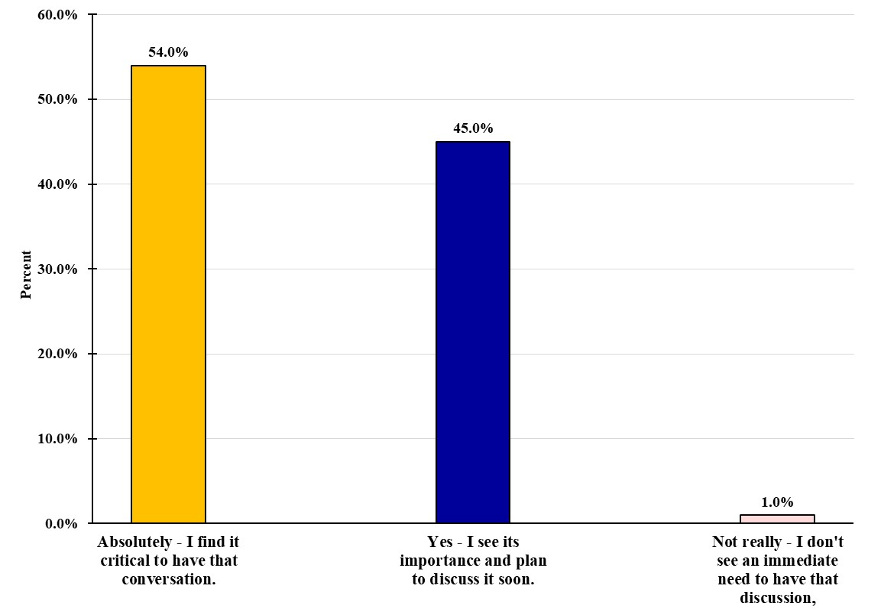Injury Prevention 1
Session: Injury Prevention 1
398 - Enhancing Home Safety for Head Start Families (A Medication Safety Intervention)
Sunday, April 27, 2025
8:30am - 10:45am HST
Publication Number: 398.4772
Breeanna Lorenzen, University of Michigan Medical School, Ann Arbor, MI, United States; Eleanor Falahee, University of Michigan Medical School, Ann Arbor, MI, United States; Andrea Setiawan, University of Michigan Medical School, Ann Arbor, MI, United States; James A.. Cranford, University of Michigan Medical School, Ann Arbor, MI, United States; Marie Snodgrass, C.S. Mott Children's Hospital, Ann Arbor, MI, United States; Andrew Hashikawa, University of Michigan Medical School, Dexter, MI, United States
.jpg)
Breeanna Lorenzen, MD (she/her/hers)
Pediatric Emergency Medicine Fellow
University of Michigan
Ann Arbor, Michigan, United States
Presenting Author(s)
Background: Childhood morbidity and mortality from unintentional injuries represent a significant public health challenge, especially in communities with pronounced health disparities. “Pop-Up Safety Town” was designed to address this gap by providing mobile, single-day events for Head Start families on multiple safety topics, including integrating an innovative medication safety intervention targeted at preschoolers and caregivers. The interactive educational game uses a board that challenges participants to differentiate between medications and candy, reinforcing medication safety principles for children and safe medication storage and administration practices for parents. Evidence on the effectiveness of novel community-based injury prevention education interventions remains limited.
Objective: To assess parental perceptions of medication safety and evaluate the effectiveness of the medication safety teaching intervention.
Design/Methods: Parents who completed the medication safety intervention during one of the six Pop-Up Safety Town events were invited to participate in two separate and anonymous paper-based surveys. The pre-survey was done before the intervention and asked questions on parental perceptions of medication safety. The post-survey, done after the intervention, included scenario-based questions, impact assessment items, and an open-ended response. Data analysis was performed using Qualtrics and SPSS.
Results: Pre-intervention survey data (n=81) indicated high confidence in medication safety among parents; 93% recognized young children's heightened risk, 85% used child-proofing measures, 89% discussed safety with children, and 73% felt prepared for incidents. However, 22.5% encountered challenges in limiting access to medications, and 20% struggled with identifying medication hazards. Post-intervention survey responses (n=103) showed that 92% felt the intervention enhanced their child’s awareness of medication risks, 87% reported a shift in safe storage practices, and 99% were more likely to discuss medication safety with their children. Notably, 40% of parents expressed surprise at the close resemblance between medications and candy.
Conclusion(s): While parents initially felt confident about medication safety, the intervention significantly improved attitudes toward safe storage, fostered increased parent-child discussions on safety, and highlighted the risk of calling medications “candy.” The gamified approach to injury prevention education shows potential for advancing and improving medication safety awareness in underserved communities and may be adaptable in school and community settings.
The Medication Safety Intervention.
PNG image.JPEGThe Candy or Medicine Board in use at Pop-Up Safety Towns.
Figure 1. Parent perceptions. (N=81)

Figure 2. Are you more likely to discuss the dangers of medication safety with your children? (N=103)
 Post-Intervention Survey.
Post-Intervention Survey. 
